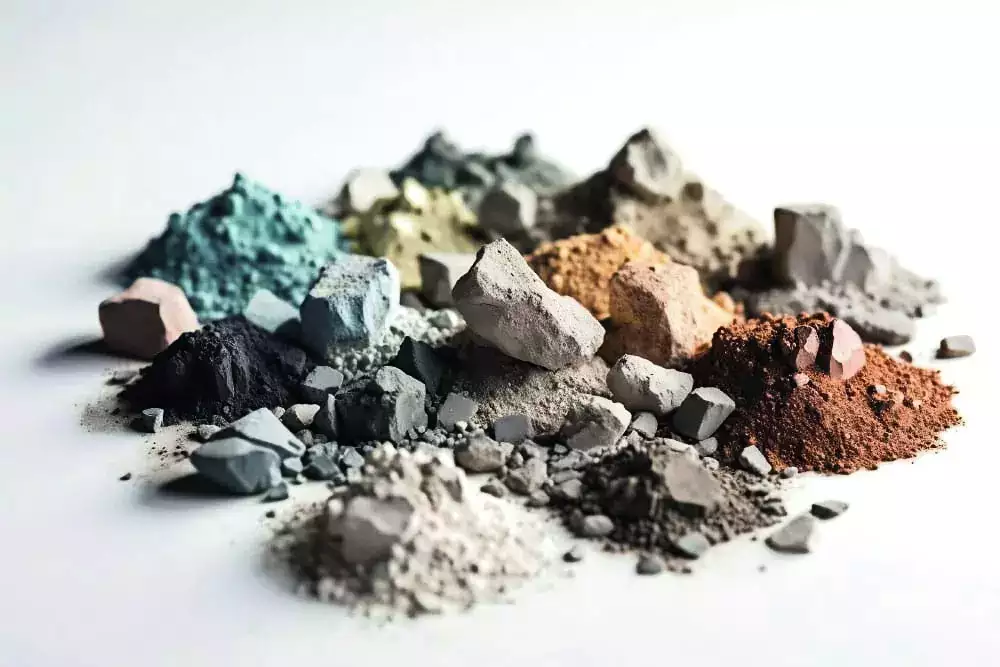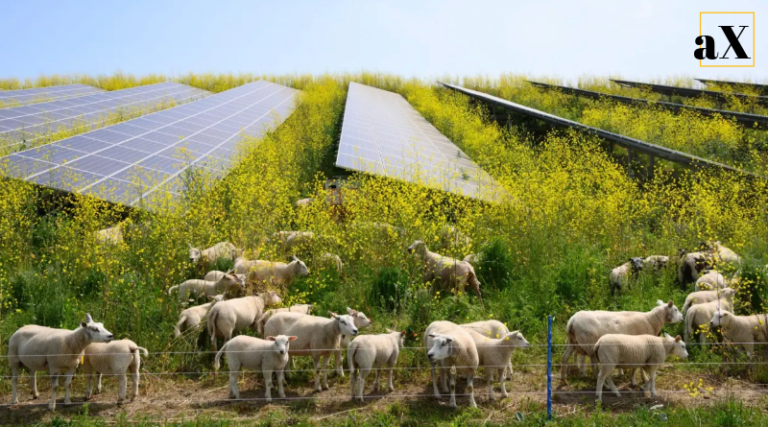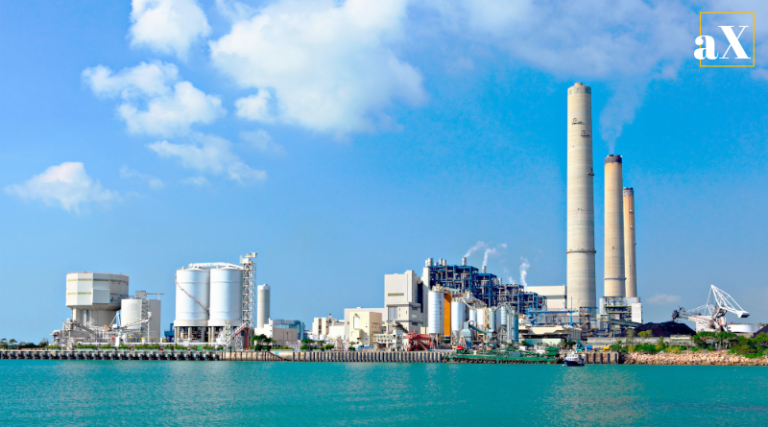This week, as the U.S. and China revisit their tariff standoff, it’s time to turn our eyes toward the foundations of the energy transition: critical minerals. While much attention is given to solar panels, wind turbines, and electric vehicles, the metals and minerals powering this energy shift rarely make headlines. That is — until they become tools of trade wars.
Introduction: The Hidden Foundations of the Green Shift
Copper, lithium, cobalt, nickel, graphite, and rare earth elements — these six raw materials are collectively known as critical minerals. From battery cells to electric vehicle motors, wind turbine magnets to solar inverters, these minerals form the physical core of the low-carbon transition.
Yet most Western countries don’t have them. Or at least, not enough of them.
And as geopolitical tensions rise — especially between China and the U.S. — critical minerals are becoming more than just commodities. They’re turning into strategic assets, bargaining chips, and even chokepoints for energy security.
1. Critical Minerals Are Everywhere — But Not Where They’re Most Consumed
While these minerals are mined across Asia, Latin America, and Australia, China dominates the processing. For instance:
- While we often talk about lithium, it’s graphite that actually forms the largest volume of material in most lithium-ion batteries. According to IEA’s projection China is expected to refines 87% of the world’s battery-grade graphite — a strategic choke point in the clean tech supply chain.
- China is also expected to refine over 70% of the world’s rare earth elements and cobalt and over 60% of lithium, used in nearly every clean technology.
- The U.S., by comparison, plays a limited role; expected to refine only 7% of global rare earths, and almost none of the other critical minerals.
Take a look to the graphs below are taken from IEA’s Global Critical Minerals Outlook 2025 and IEA website.






Even if the U.S. or EU finds the minerals underground and begins extracting them at home, they still can’t fully bypass China, because the next step (refining) is controlled by Chinese facilities. It’s a supply chain structure that’s both globalised — and fragile.
2. From Mines to Politics: The Tariff Tensions Rise Again
In the first half of 2025, the U.S. announced renewed tariffs on clean energy imports, including batteries, EV parts, and solar panels — much of which rely on critical minerals refined in China.
In response, in early April, China announced new export controls on seven rare earth elements. Unlike other measures, Beijing did not specify whether they were a response to heightened U.S. tensions.
If these restrictions expand to include lithium, cobalt, or rare earths, the impact would ripple far beyond China. It could delay clean energy projects, raise the cost of green infrastructure, and destabilise net-zero timelines globally.
3. Green Tech, High Risk: Why This Matters for Climate Timelines
Here’s the catch: green technologies are highly time-sensitive. Every delay in rolling out solar farms, wind parks, or EV fleets means more emissions from fossil fuel systems.
If critical minerals become political bargaining tools, we risk what the IEA calls the “lock-in effect” — when countries delay retiring fossil assets because clean alternatives are stalled or too expensive.
Even the perception of scarcity can spook investors, raise insurance costs, or discourage governments from setting more ambitious climate targets.
4. Can the West Catch Up?
Europe and the U.S. are responding — but slowly.
- The EU’s Critical Raw Materials Act aims to boost domestic mining and refining to a secure and sustainable supply of critical raw materials for Europe’s 2030 climate and digital objectives.
- The U.S. Inflation Reduction Act provides subsidies for “friend-shoring” mineral supply chains.
- But both regions face environmental, social, and legal barriers that make opening new mines slow and controversial.
And while mining is one challenge, refining is another. Building chemical processing plants that match China’s scale and expertise could take a decade or more.
altX Takeaway: Green Dreams Need Grey Metals
We cannot build a green future without securing the grey foundations beneath it.
Critical minerals are not just commodities. They are strategic, political, and increasingly, climate-relevant. The longer they remain in the shadows of policy and public debate, the harder it becomes to ensure a just and fast energy transition.
Do you like the article? Follow us on Instagram for climate insights in your feed or join our newsletter for deeper analysis straight to your inbox.





